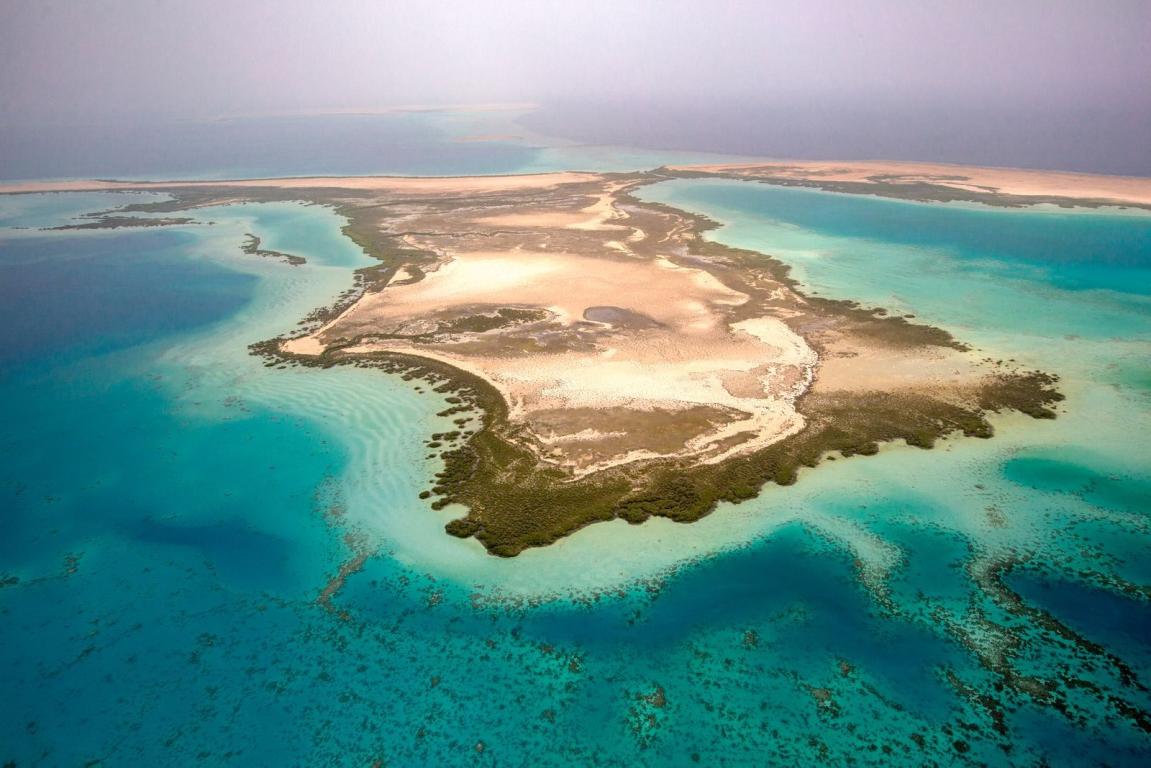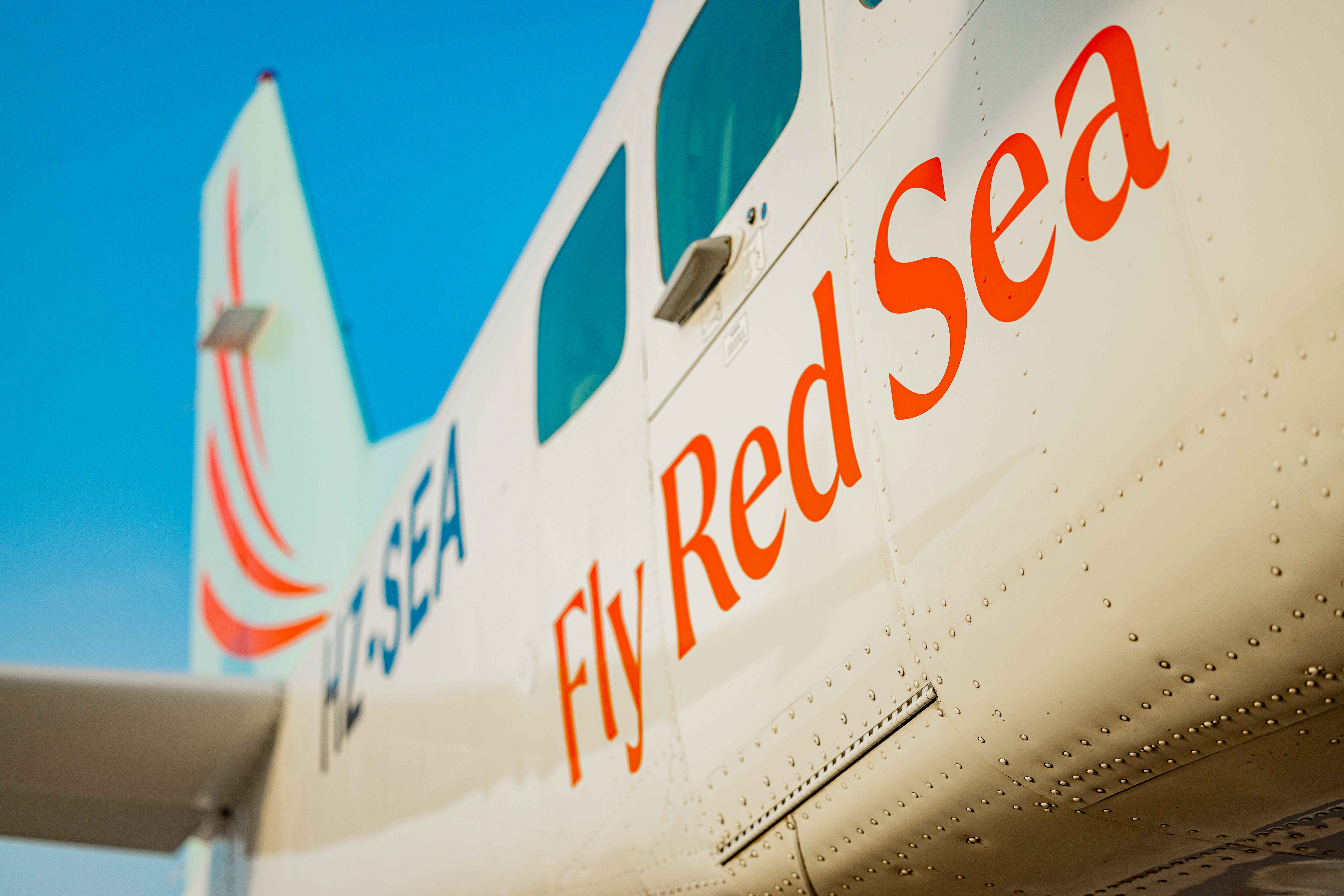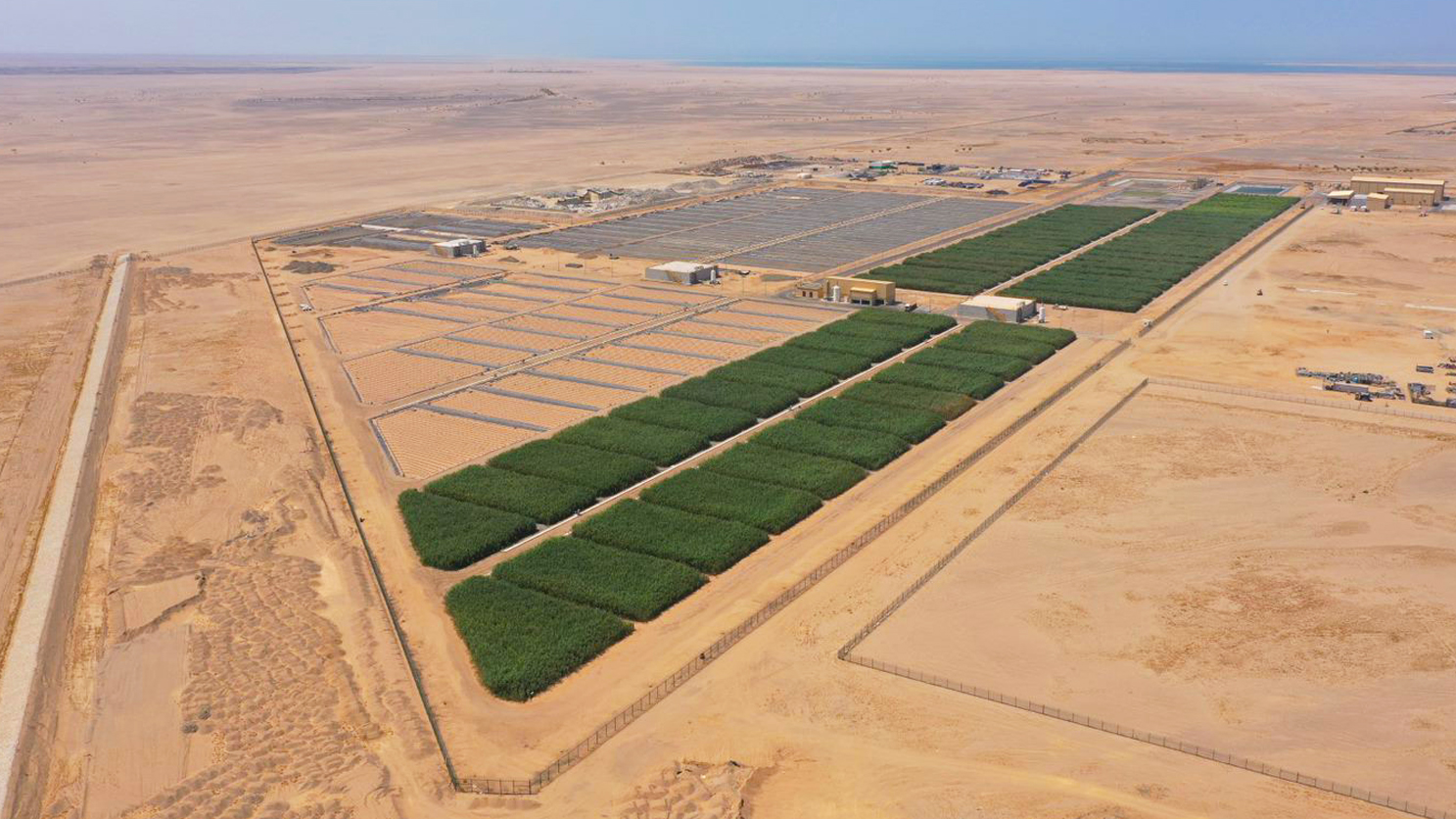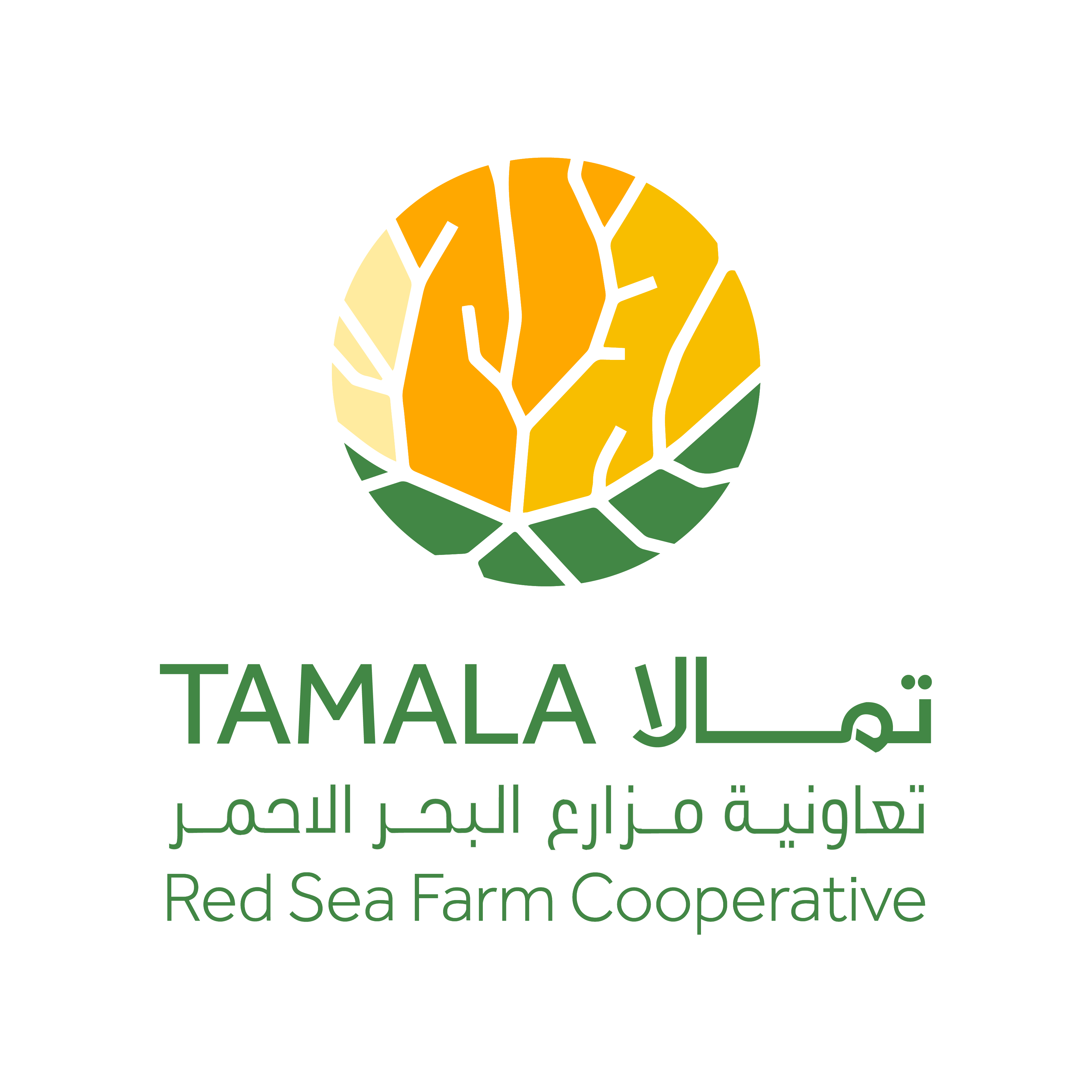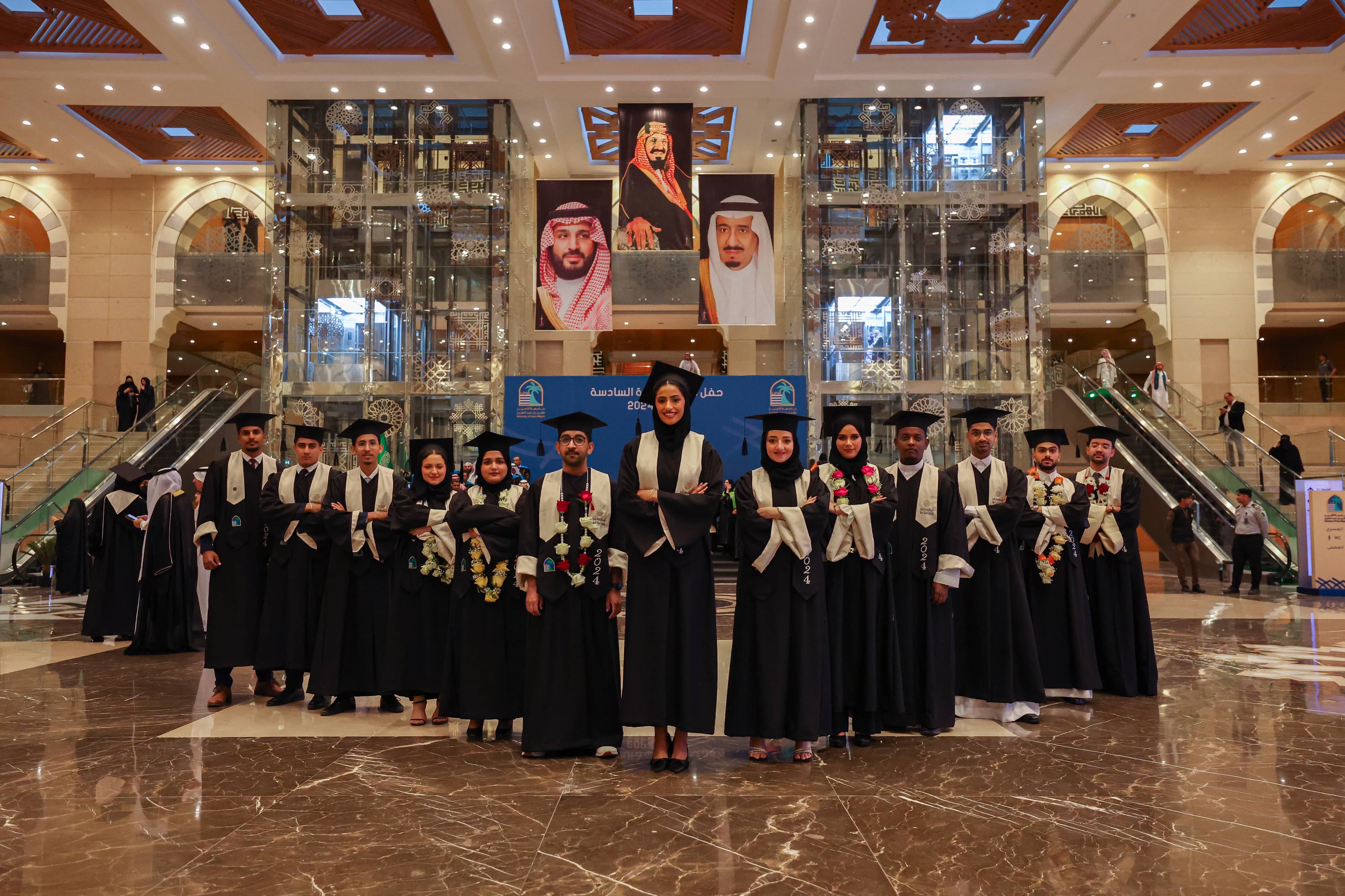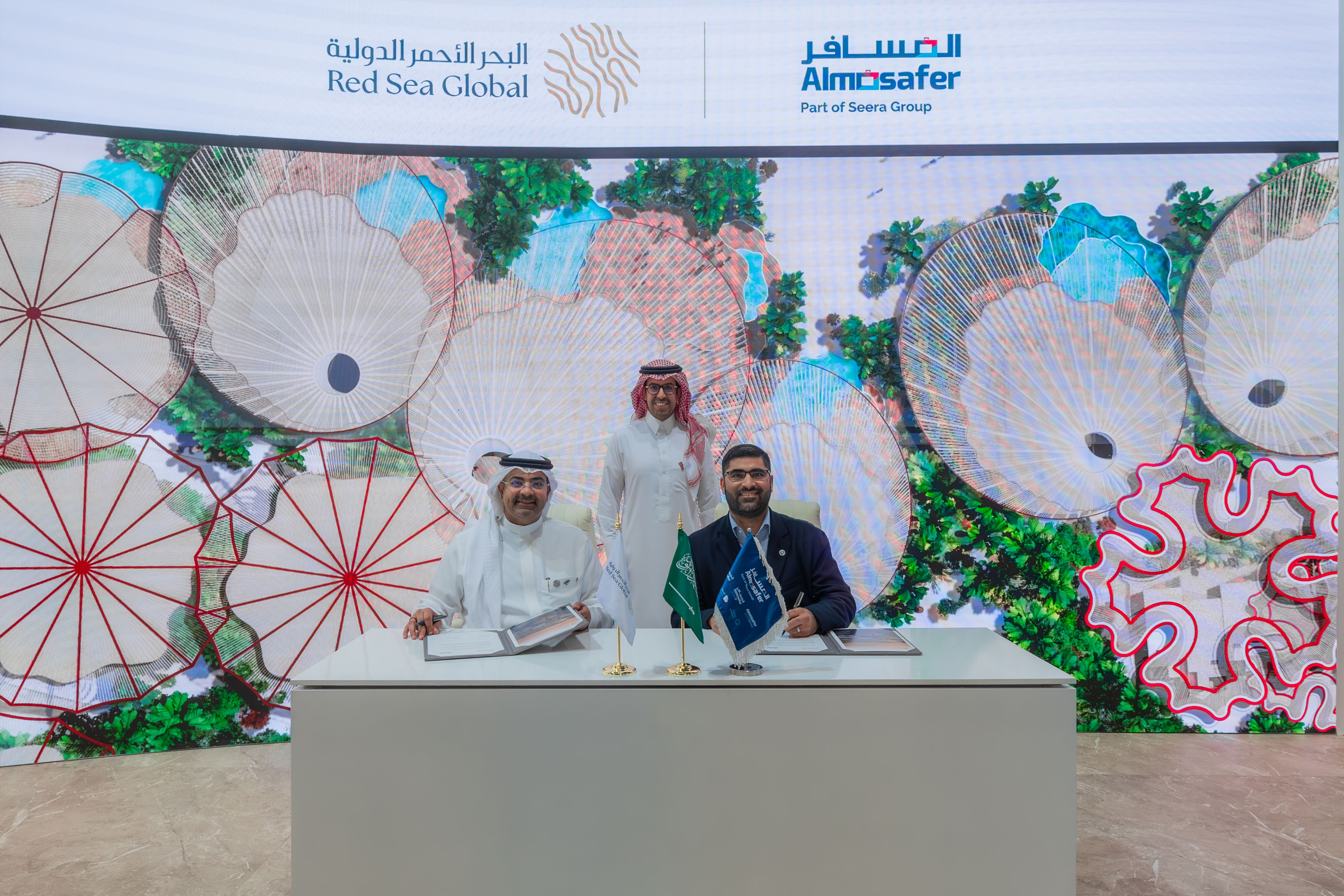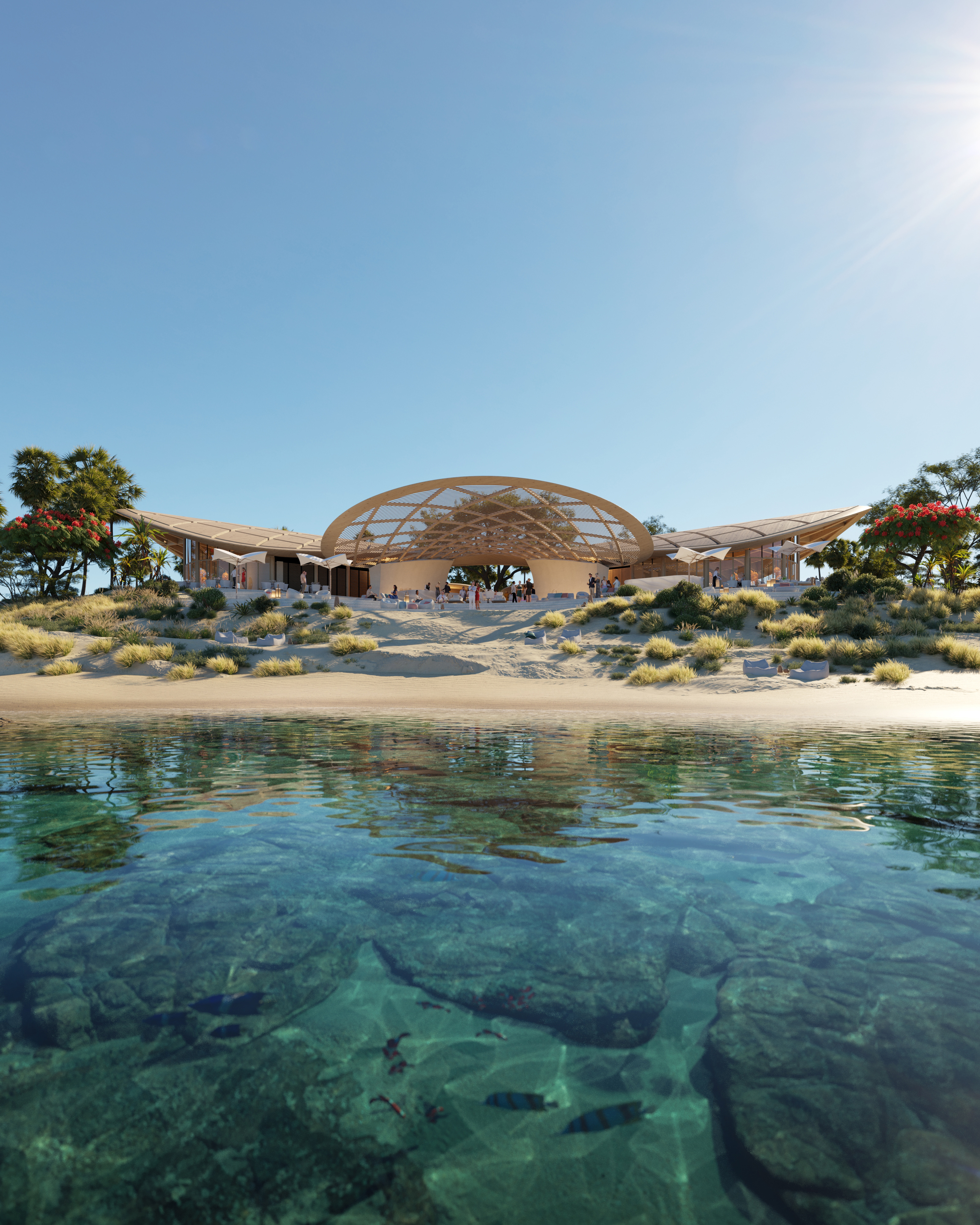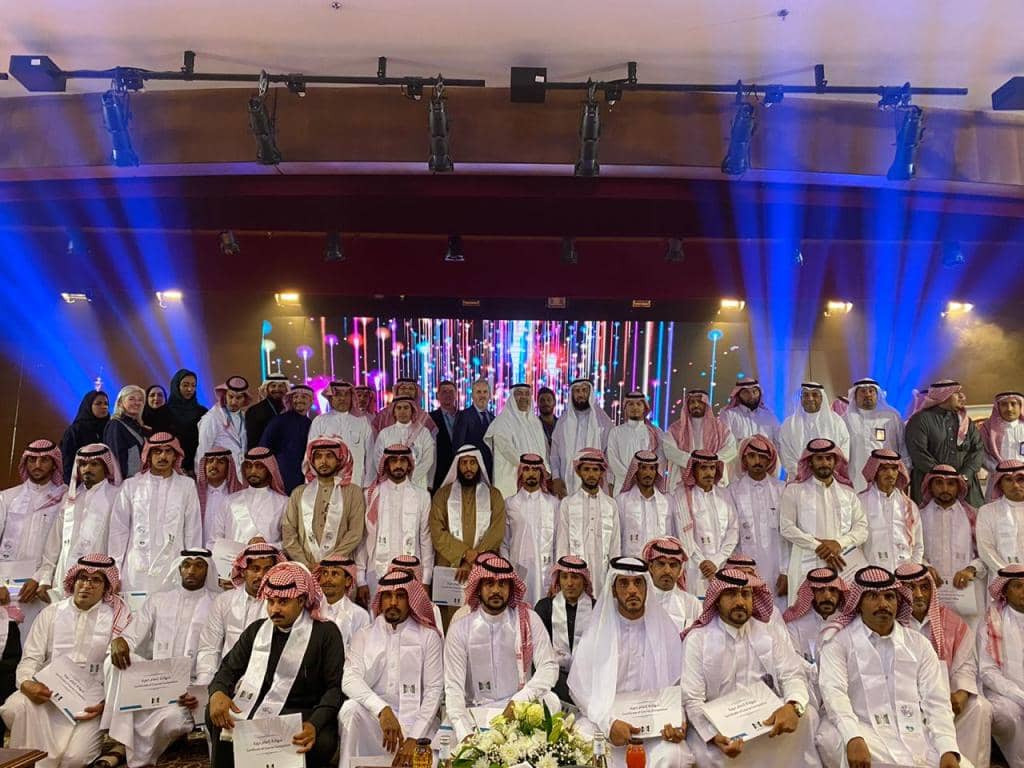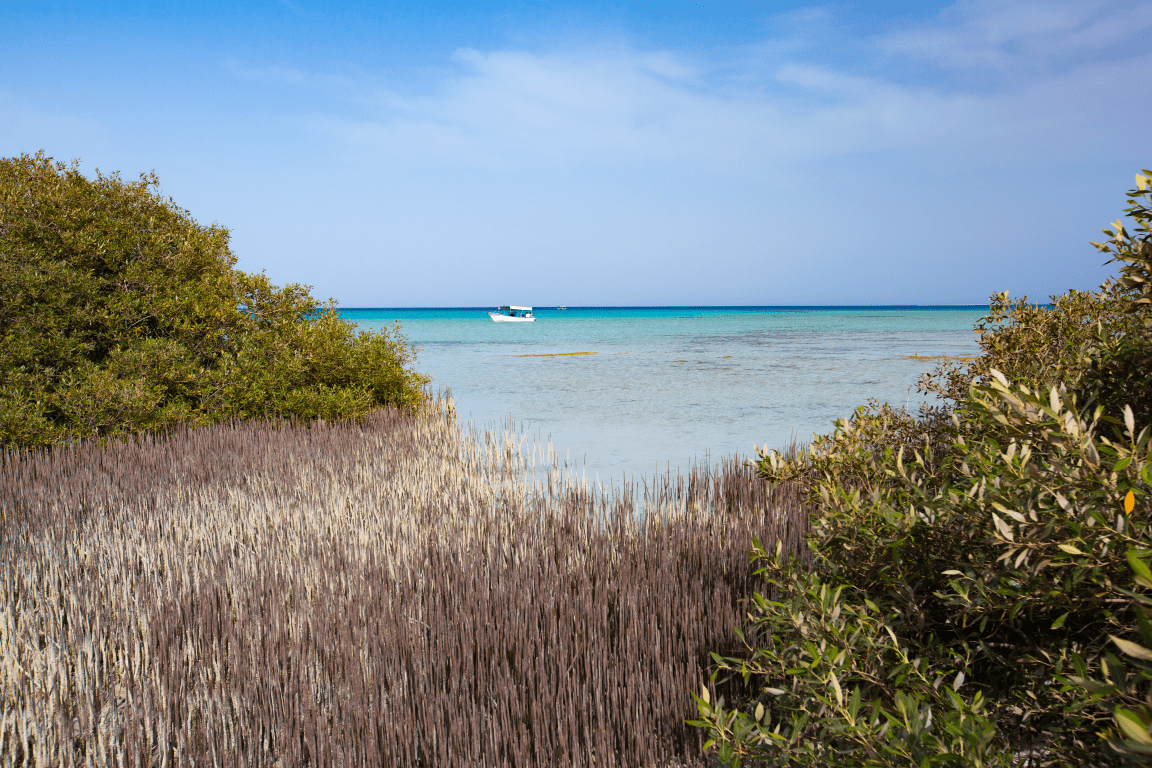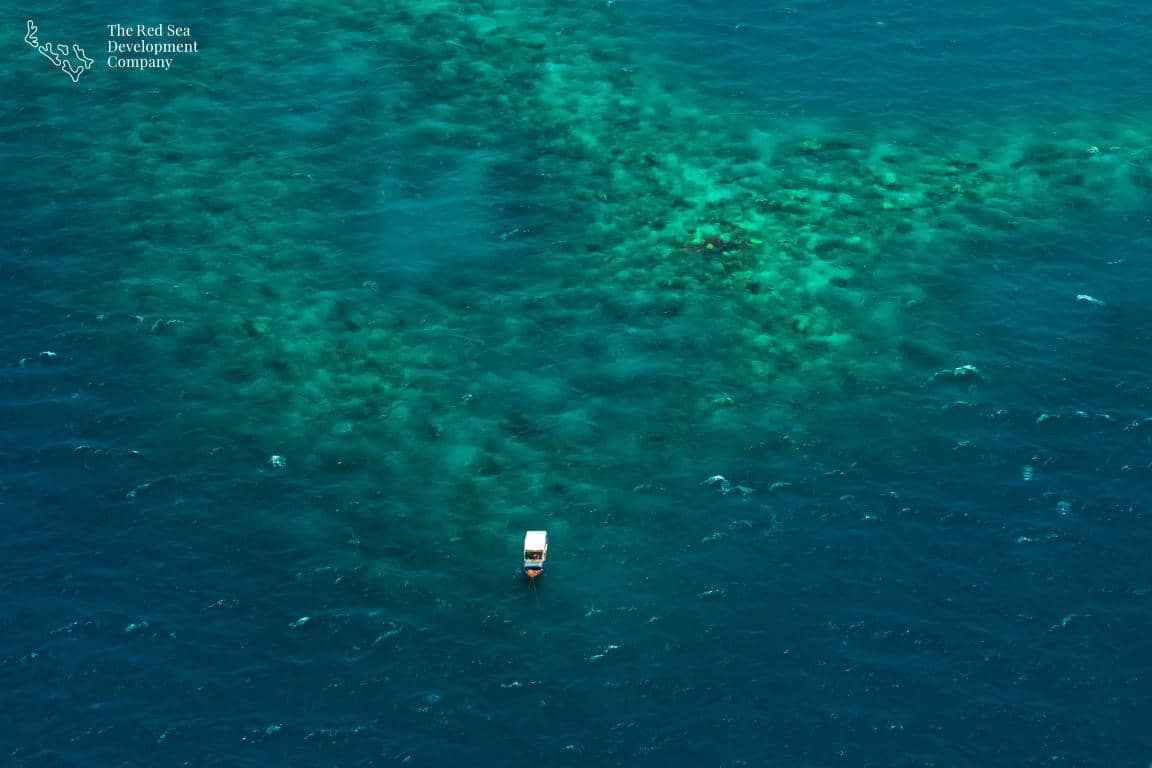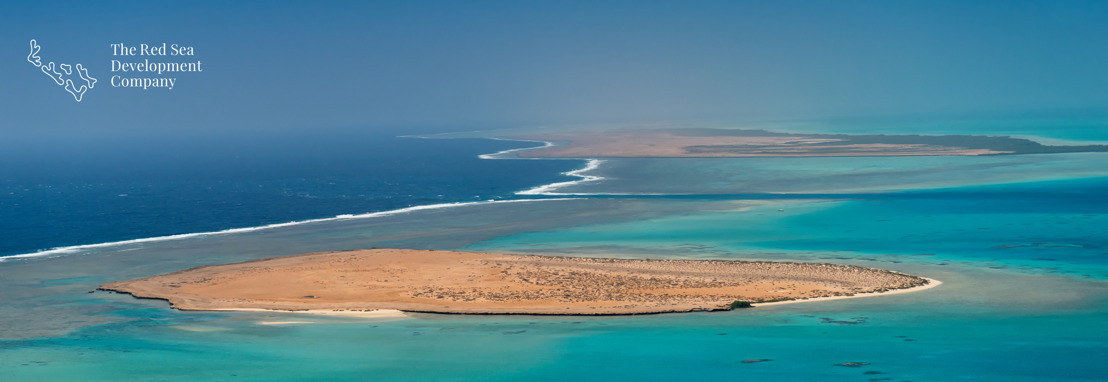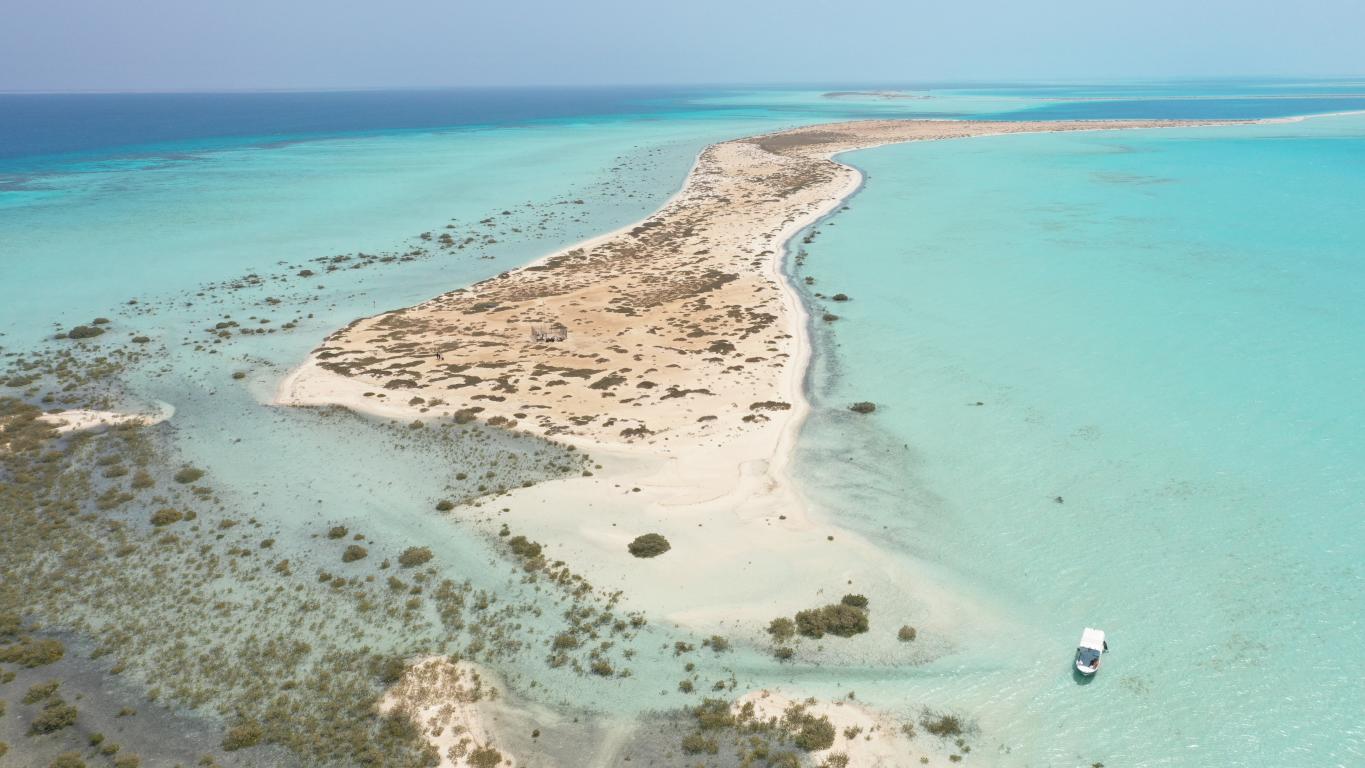Scientific Paper details Marine Spatial Planning at The Red Sea
- Reconciling Tourism Development and Conservation Outcomes Through Marine Spatial Planning for a Saudi Giga-Project in the Red Sea” published in Frontiers in Marine Science.
RIYADH, 8 APRIL 2020: A paper detailing the marine spatial planning models that informed master planning of The Red Sea Project, the world’s most ambitious tourism development, has been publishedin thescientific journal Frontiers in Marine Science.
The paper was co-authored by a multinational team of researchers including scientists from King Abdullah University of Science and Technology (KAUST), the National Technical University of Athens and the University of Thessaly, alongside executives from Red Sea Global RSG (formerly known as TRSDC), the master developer behind the Project.
The paper describes how the research team used marine spatial planning to generate net positive conservation outcomes for the 2,081 km2 Al Wajh lagoon through the development of The Red Sea Project. The lagoon, which includes more than 90 islands, features valuable habitats including coral reefs, seagrass, and mangroves that are home to several species of global conservation importance, such as sea turtles and seabirds.
“The results of this study demonstrate that, through careful design and planning, coastal development has the potential to enhance, rather than jeopardize, conservation.”
John Pagano is named as a co-author of the paper.
“Coastal development and marine conservation have traditionally been antagonistic goals, given that coastal development typically alters ecosystems and increases stress on the marine environment,” said Prof. Carlos Duarte, Tarek Ahmed Juffali Research Chair in Red Sea Ecology at KAUST. “Our study shows that, by embracing conservation as a primary goal from the outset, stakeholders involved in sustainable development can successfully reconcile the needs of development with the delivery of net positive conservation outcomes.”
Prof. Duarte is a co-author of the paper and a member of TRSDC’s Advisory Board.
The research team tested five conservation scenarios and used the results to develop a three-layer conservation zoning model to achieve conservation outcomes equivalent to the “business as usual” scenario in the presence of development.
The team then designed additional actions to remove existing pressures. Measures include beach cleaning campaigns, the regulation of fisheries to rebuild fish stocks, the expansion of biologically diverse habitats, such as mangroves, seagrass, and coral reefs, by 30%, and the use of electric-only marine and land vehicles to avoid pollution and noise.
Some of these measures are already underway. Last year TRSDC announced a Marine Debris Clean-up Program, which includes an initiative to hire people from the local population to conduct regular beach cleaning activities and mitigate the impact of marine litter originating outside the area’s boundaries.
TRSDC is also preparing a comprehensive plan for enhancing coral reefs, which includes the creation of multiple coral nurseries to interbreed corals with different degrees of tolerance for temperature.
The master plan for the development conserves 58% of the marine area of the site, with the development footprint being only 5% of the total area. The resulting conservation to development ratio of 10:1, the paper notes, is unprecedented in any documented coastal development plan.
Both the development zone and the area not assigned (37% of the marine area) will be subject to strict conservation and sustainability guidelines.
The paper concludes that the involvement of a multi-disciplinary team for scientists and developers was central to the success of the marine spatial planning simulation. The active participation of the development team with the environmental team avoided impacts through every step of the design process.
By taking a holistic view of the area and working collaboratively to allocate space for development and conservation, the team was able to ensure that development designs excluded any possible impact that could be avoided. This proved a more effective approach than the workflow in conventional development, where the environmental impact assessment is generally conducted after development design is complete.
“Conservation is at the root of sustainable development,” said John Pagano. “We believe that this innovative approach to destination design, grounded in marine spatial planning, can create a new relationship between tourism and the natural environment in the 21st century.”
About Red Sea Global
Red Sea Global (RSG - www.redseaglobal.com) is a closed joint-stock company wholly owned by the Public Investment Fund (PIF) of Saudi Arabia. It is a vertically integrated real estate developer with a diverse portfolio across tourism, residential, experiences, infrastructure, transport, healthcare, and services. This includes the luxury regenerative tourism destinations The Red Sea, which began welcoming guests in 2023, and AMAALA, which remains on track to welcome first guests in 2025. A third destination, Thuwal Private Retreat, will open this year, and RSG has also been entrusted with refurbishment works at Al Wajh Airport, focused on upgrading the existing terminal and infrastructure, and building a new international terminal. RSG is a cornerstone of Saudi Arabia’s ambition to diversify its economy. Across its growing portfolio of destinations, subsidiaries, and businesses, RSG seeks to lead the world towards a more sustainable future, showing how responsible development can uplift communities, drive economies, and enhance the environment.
RSG is the visionary company behind some of the world’s most ambitious
development ventures, including luxury regenerative tourism destinations
such as The Red Sea and AMAALA.
Across its portfolio, RSG leverages the most innovative concepts,
strategies, and technologies to deliver projects that actively enhance
the wellbeing of customers, communities, and environments.



